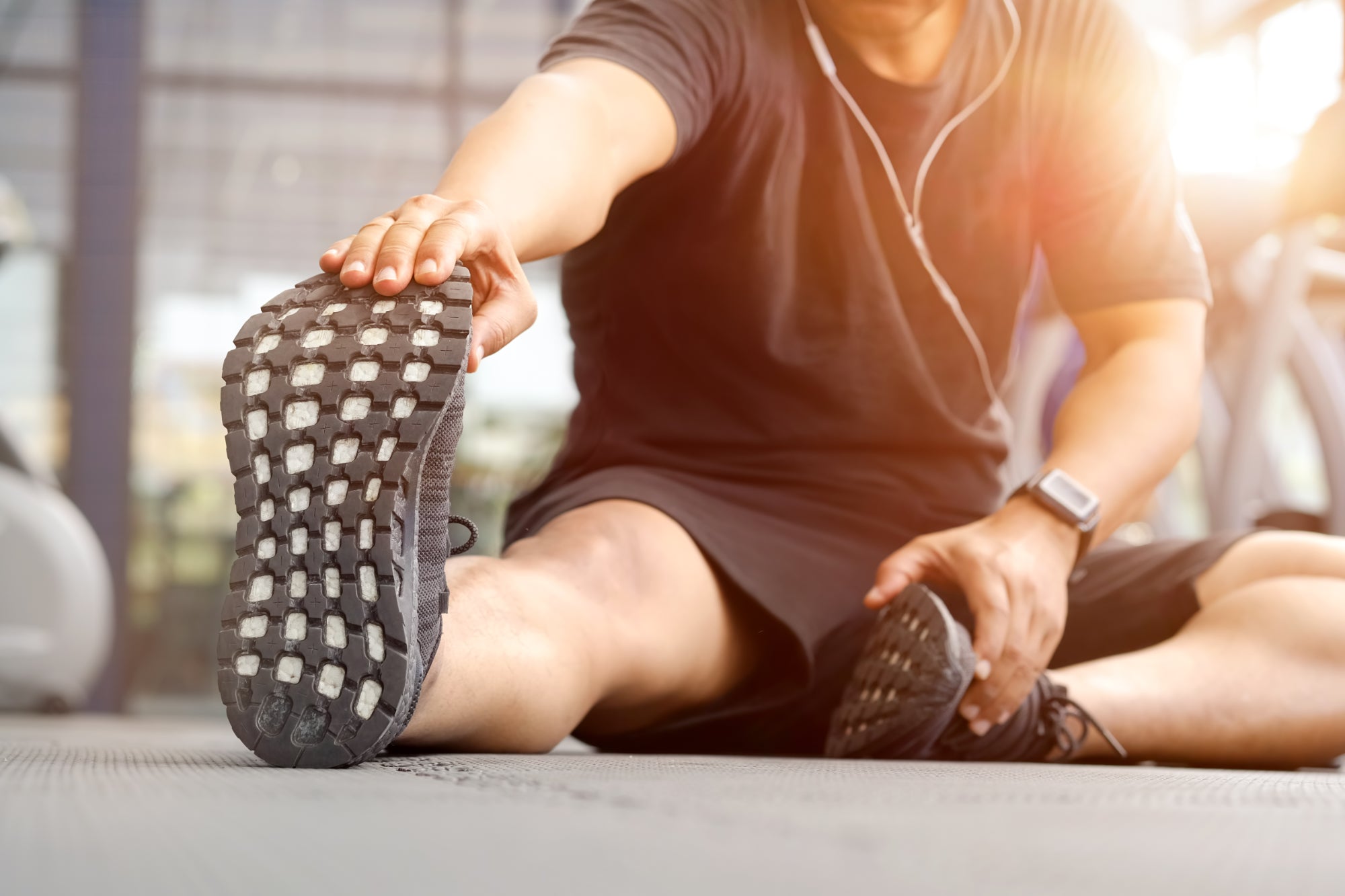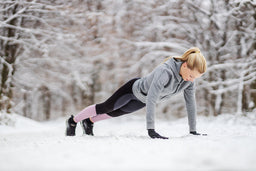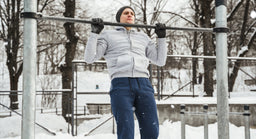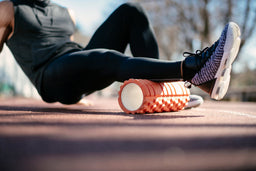
12 best stretches for calisthenics bodyweight mastery
12 best stretches for calisthenics bodyweight mastery
Progress your calisthenics journey with targeted stretches that are best for bodyweight work.
Calisthenics, the art of using your bodyweight and gravity to build strength, is a great form of exercise that can be done by anybody. You don’t need a gym membership, tons of fancy equipment, or any previous experience.
But – like all forms of exercise – calisthenics works best when you also do a bit of stretching and mobility. Calisthenics works certain areas of your body hard, like the hands and wrists, forearms, shoulders, and upper back. Get more out of your calisthenics practice by spending a little time on stretching out those key areas.
Why should you stretch in calisthenics?
Whether you’re a total beginner to calisthenics or an advanced practitioner of bodyweight exercises, there’s no denying that this kind of workout demands a lot from certain areas of your body. Just like running asks a lot of your legs, and doing weights in the gym might make your muscles sore, calisthenics sends plenty of movement through your wrists, shoulders, back, and hips.
Regular stretching of these areas will make your calisthenics journey more enjoyable and successful. Not only will stretching ease off soreness or tightness after calisthenics training, it will also improve your mobility so you can practice more advanced exercises and make faster progress.
What are the best stretches for calisthenics?
Wrist and finger stretches for calisthenics
Wrist circles - rotate your wrists in circular motions both ways. Then clasp your hands with fingers interlinked and move the wrists in small circles.
Wrist flexor stretch – get on all fours with your hands on the floor under your shoulders. Start with your fingers facing forwards, palms down. Make gentle rocking movements to mobilise and stretch the wrists. Turn the hands so your fingers are pointing out to each side and repeat. Finally, carefully turn your hands so your fingers are pointing towards your knees. If this feels too difficult, do one hand at a time.
Finger stretches – on all fours, have the hands under the shoulders, fingers facing forwards. Lean gently over the wrists until the heel of your hands comes off the floor, creating a stretch in the fingers.
Wrist extensor stretch - kneel on the floor and put one arm out in front of you. Point the fingers to the floor so your palm is facing you. Apply gentle pressure with your other hand. Repeat on the other side.
Advanced wrist extensor stretch – on all fours, with hands under your shoulders, turn your hands so the top of your hand is on the floor. Lean forward slightly to feel a stretch up the front of the wrist and into the forearm.
Forearm stretches and mobility
Forearm massage – use your hands to squeeze and massage each forearm before or after calisthenics work.
Advanced forearm massage – use a foam roller, hard ball, or even an empty barbell to roll out both side of the forearms, focusing on tight spots.
Shoulder stretches and mobility for calisthenics
Shoulder dislocates – hold a PVC pipe or resistance band with both hands and slowly raise it over your head and behind your back, keeping your arms straight. Move your hands closer together as you warm up.
Wall angels - stand with against a wall and put the backs of your arms against the wall in a cactus position. Slide your hands up and down, keeping the arms against the wall.
Puppy pose – this yoga position is great for the shoulders and upper back/thoracic. From a tabletop or all-fours position, slide your arms forward, lowering your chest towards the ground whilst keeping your hips over your knees.
Thoracic and back stretches for calisthenics
Cat-cow stretch – another yoga movement that’s great for the back. In an all-fours position, arch your back upward (bringing chin to chest) then lift your chest and tailbone to mobilise the neck, spine, and hips.
Thoracic extension - lie on your back with a foam roller placed under your upper back. Gently arch up and over the foam roller to stretch your thoracic spine.
How often should you stretch for calisthenics?
Stretching in calisthenics is like stretching in any other sport – the more you do it, the more beneficial it will be. But let’s be realistic, none of us have hours of spare time a week to stretch. Even if you only do 5 or 10 minutes a day, it will have a huge benefit to your recovery, mobility, and enjoyment of calisthenics. Start by setting aside 5 minutes before or after a training session, then add in some non-training day stretching as well. You’ll never regret doing a bit of stretching!
Check out the Gravity Fitness store for resistance bands, exercise mats and other top-quality calisthenics kit designed to make your training journey the best it can be.

































